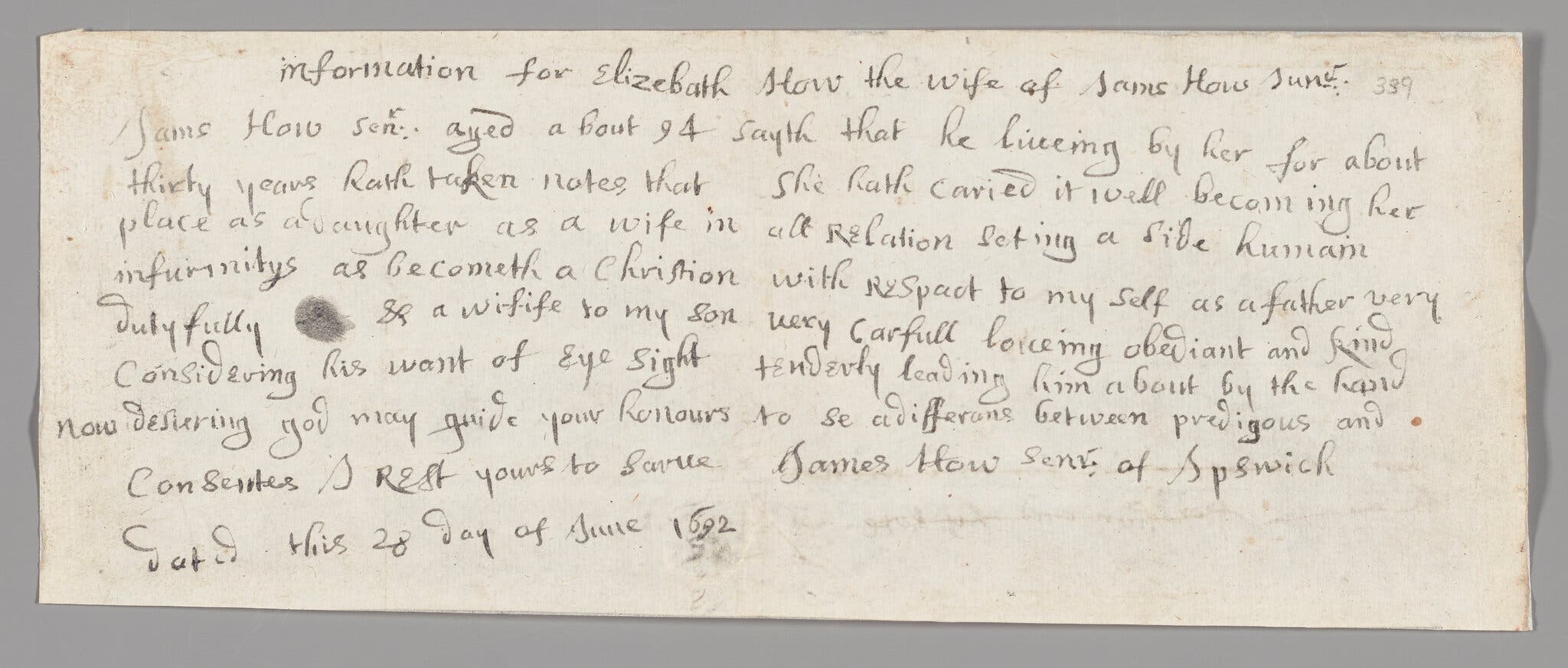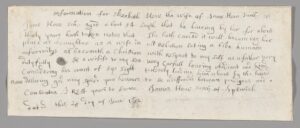So what rings youse guys’ bells? Classic Goth and Neo Goth music, horror movies, sci-fi, stories about the persecution of Witches… so, here’s a New York Times review of The Salem Witch Trials: Reckoning and Reclaiming, exhibition at the Peabody Essex Museum. It commences thusly:
“At the entrance to “The Salem Witch Trials: Reckoning and Reclaiming,” an exhibition at the Peabody Essex Museum, a stark title panel reads: “No one was safe.”
“Some of the figures accused of witchcraft mentioned in the exhibition included Sarah Good, whose own husband said “she is enemy to all good” at her trial; Bridget Bishop, a party girl apparently too fond of bright colors; Tituba, an enslaved Carib woman (and the first to be accused) who eventually, under duress, confessed to baking a “witch’s cake”; and a minister, George Burroughs, “suspected to have confederacy with the devil.”
“Between June 1692, when the first special court was convened, and May 1693, members of the Puritan community in Massachusetts Bay Colony (home to Salem Village, now known as Danvers, five miles from modern Salem) were condemned by their family or neighbors, and many imprisoned or hanged for witchcraft — perhaps the most infamous example in American history of mass hysteria.
“At a time when the term “witch hunt” has gained renewed agency, and a law in Texas that effectively bans most abortions involves deputizing citizen enforcers, the trials have a new resonance. The deliberately non-touristy exhibition at the august Peabody Essex, which has the largest collection of original material related to the trials, reminds us that history can repeat itself.
“’A lot of people were keenly aware that when those accusations were targeted towards them, it was the end,’ said Lydia Gordon, a co-curator of the exhibition. ‘These accusations were grounded in fear. They were grounded in jealousy and land disputes and money. And it may look different, but this fear, and this needing to control mostly women, or people that fall outside of a heteronormative society? Well, we see this still today.’”
https://www.nytimes.com/2021/10/20/arts/witches-salem-peabody-essex-art.html.


